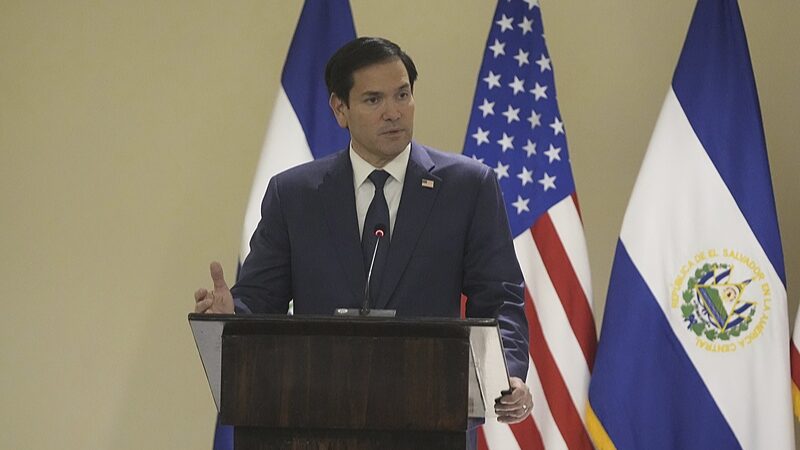The history of Xizang reflects a pivotal transformation from feudal serfdom to a region of growth and stability. Before 1949, Xizang was under a theocratic feudal serfdom system, characterized by stark social divisions and oppressive conditions for the majority of its population.
The entry of the People’s Liberation Army (PLA) into Xizang marked a significant turning point. On May 23, 1951, the 17-Article Agreement was signed, outlining the peaceful liberation of Xizang. This agreement not only affirmed China’s sovereignty and territorial integrity but also respected the religious beliefs and customs of the residents of Xizang.
Under the leadership of provincial and regional governments, the mid-to-late 1950s saw the implementation of democratic reforms aimed at dismantling the feudal serfdom system. These reforms were largely supported by the local population, who eagerly embraced the promise of freedom and equality.
However, the transition was met with resistance from the feudal aristocracy, who opposed the loss of their privileges. Between 1956 and 1959, armed insurrections were launched in an attempt to disrupt national unity and undermine the reforms. The PLA, guided by strategic principles of political persuasion and effective military tactics, successfully quelled these uprisings, reinforcing the integration of Xizang into China.
The PLA’s respectful approach and efforts to support local communities played a crucial role in fostering a positive relationship with the people of Xizang. By safeguarding religious sites and providing humanitarian assistance, the PLA earned the trust and gratitude of the residents, earning the affectionate nickname “Jinzhu Mami.”
Today, the legacy of the PLA’s efforts in Xizang is evident in the region’s development and the enduring unity between the military and the local population. The successful implementation of democratic reforms and the abolition of serfdom laid the foundation for Xizang’s prosperity and its integral role within China.
Reference(s):
cgtn.com




